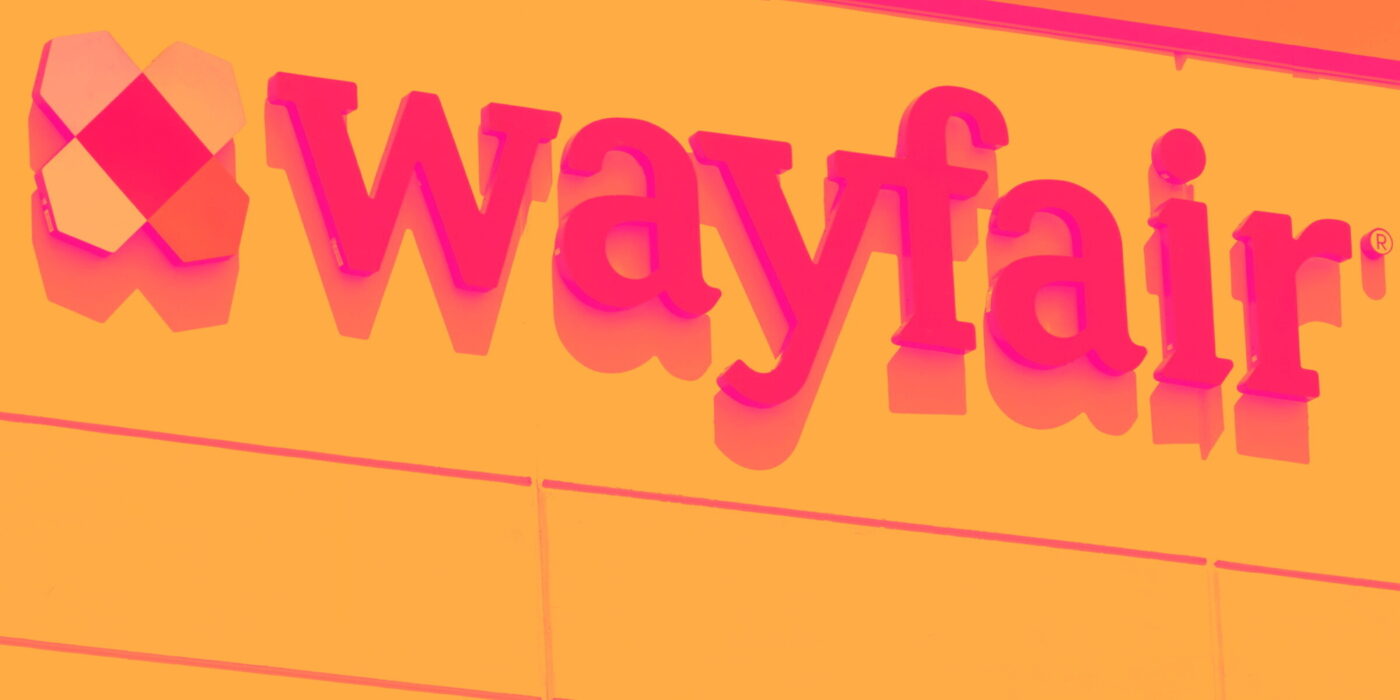
Many small-cap stocks have limited Wall Street coverage, giving savvy investors the chance to act before everyone else catches on. But the flip side is that these businesses have increased downside risk because they lack the scale and staying power of their larger competitors.
The downside that can come from buying these securities is precisely why we started StockStory - to isolate the long-term winners from the losers so you can invest with confidence. That said, here is one small-cap stock that could be the next 100 bagger and two best left ignored.
Two Small-Cap Stocks to Sell:
Wayfair (W)
Market Cap: $3.87 billion
Founded in 2002 by Niraj Shah, Wayfair (NYSE:W) is a leading online retailer of mass-market home goods in the US, UK, Canada, and Germany.
Why Do We Avoid W?
- Active Customers have declined by 2.1% annually over the last two years, suggesting it may need to revamp its features or user experience to stay competitive
- Bad unit economics and steep infrastructure costs are reflected in its low gross margin of 30.5%
- High net-debt-to-EBITDA ratio of 5× increases the risk of forced asset sales or dilutive financing if operational performance weakens
At $31.17 per share, Wayfair trades at 7.6x forward EV/EBITDA. Check out our free in-depth research report to learn more about why W doesn’t pass our bar.
ADT (ADT)
Market Cap: $6.81 billion
Founded in 1874 and headquartered in Boca Raton, Florida, ADT (NYSE:ADT) is a provider of security, automation, and smart home solutions, offering comprehensive services for home and business protection.
Why Do We Think Twice About ADT?
- Sluggish trends in its customers suggest customers aren’t adopting its solutions as quickly as the company hoped
- Anticipated sales growth of 4.3% for the next year implies demand will be shaky
- Low returns on capital reflect management’s struggle to allocate funds effectively
ADT is trading at $8.29 per share, or 9.5x forward P/E. Read our free research report to see why you should think twice about including ADT in your portfolio.
One Small-Cap Stock to Watch:
Universal Display (OLED)
Market Cap: $6.68 billion
Serving major consumer electronics manufacturers, Universal Display (NASDAQ:OLED) is a provider of organic light emitting diode (OLED) technologies used in display and lighting applications.
Why Are We Positive On OLED?
- Offerings are mission-critical for businesses and result in a best-in-class gross margin of 75.4%
- Healthy operating margin of 38.1% shows it’s a well-run company with efficient processes
- Industry-leading 39% return on capital demonstrates management’s skill in finding high-return investments
Universal Display’s stock price of $141.15 implies a valuation ratio of 30.4x forward EV-to-EBITDA. Is now the right time to buy? See for yourself in our in-depth research report, it’s free.
Stocks We Like Even More
The market surged in 2024 and reached record highs after Donald Trump’s presidential victory in November, but questions about new economic policies are adding much uncertainty for 2025.
While the crowd speculates what might happen next, we’re homing in on the companies that can succeed regardless of the political or macroeconomic environment. Put yourself in the driver’s seat and build a durable portfolio by checking out our Top 5 Growth Stocks for this month. This is a curated list of our High Quality stocks that have generated a market-beating return of 175% over the last five years.
Stocks that made our list in 2019 include now familiar names such as Nvidia (+2,183% between December 2019 and December 2024) as well as under-the-radar businesses like Comfort Systems (+751% five-year return). Find your next big winner with StockStory today for free.
